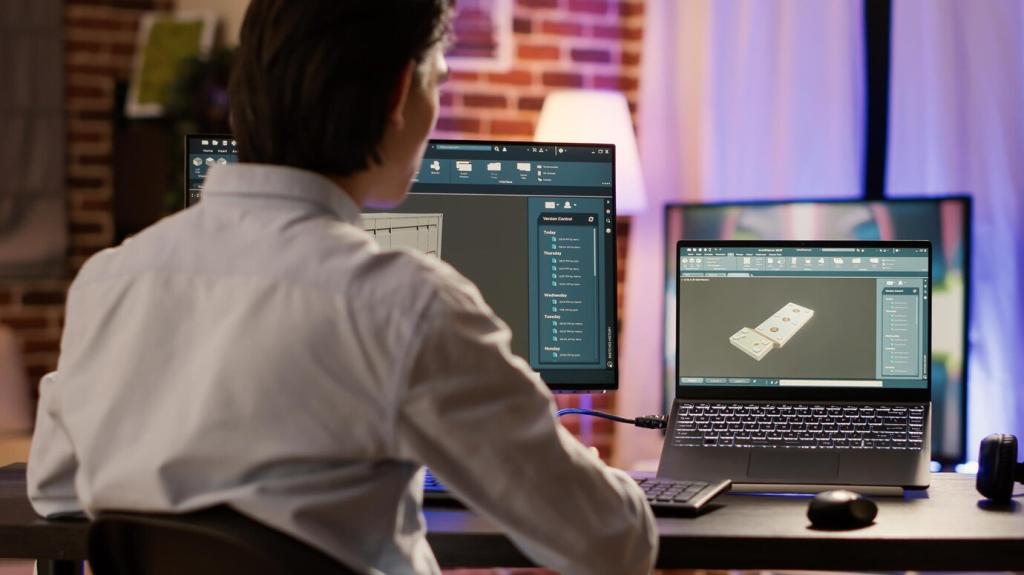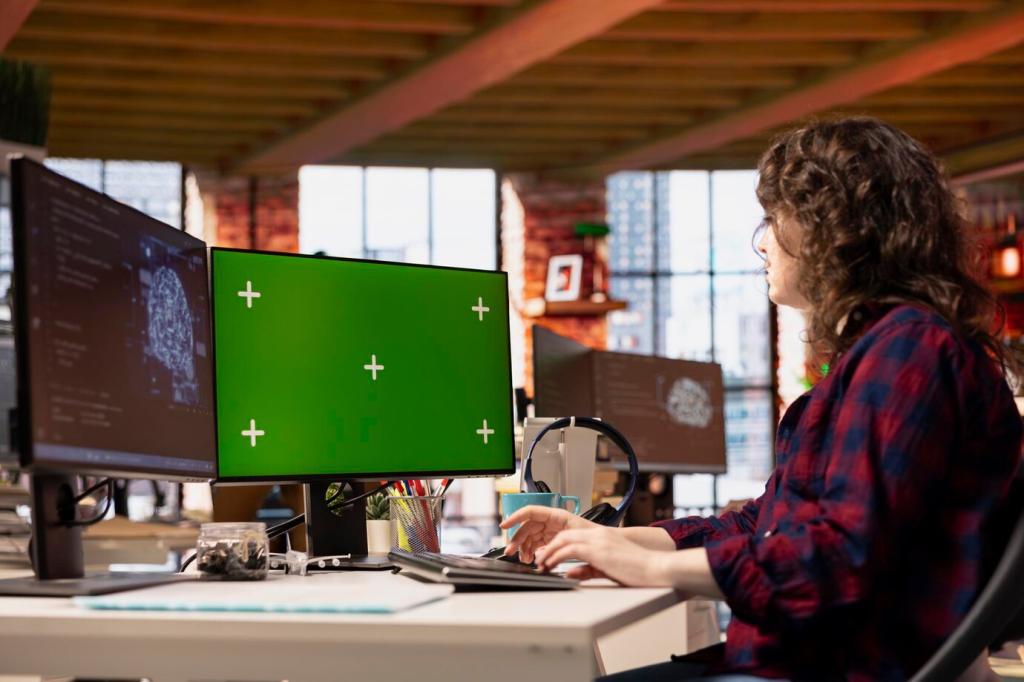Controllers, Fight Sticks, and Flight: Precision Beyond the Mouse
Trigger stops, remappable paddles, and adjustable dead zones tighten timing for racers, shooters, and fighters. Consistency beats novelty: tune one layout and master it across titles. Share your most effective control map and how it shortened your reaction chain during clutch moments.
Controllers, Fight Sticks, and Flight: Precision Beyond the Mouse
Magnetic Hall sensors avoid the wear that causes stick drift, preserving accuracy under heavy hours. Smooth response curves translate subtle nudges into precise arcs. If you converted from potentiometers, tell us how your crosshair or throttle control changed in sustained firefights or dogfights.













